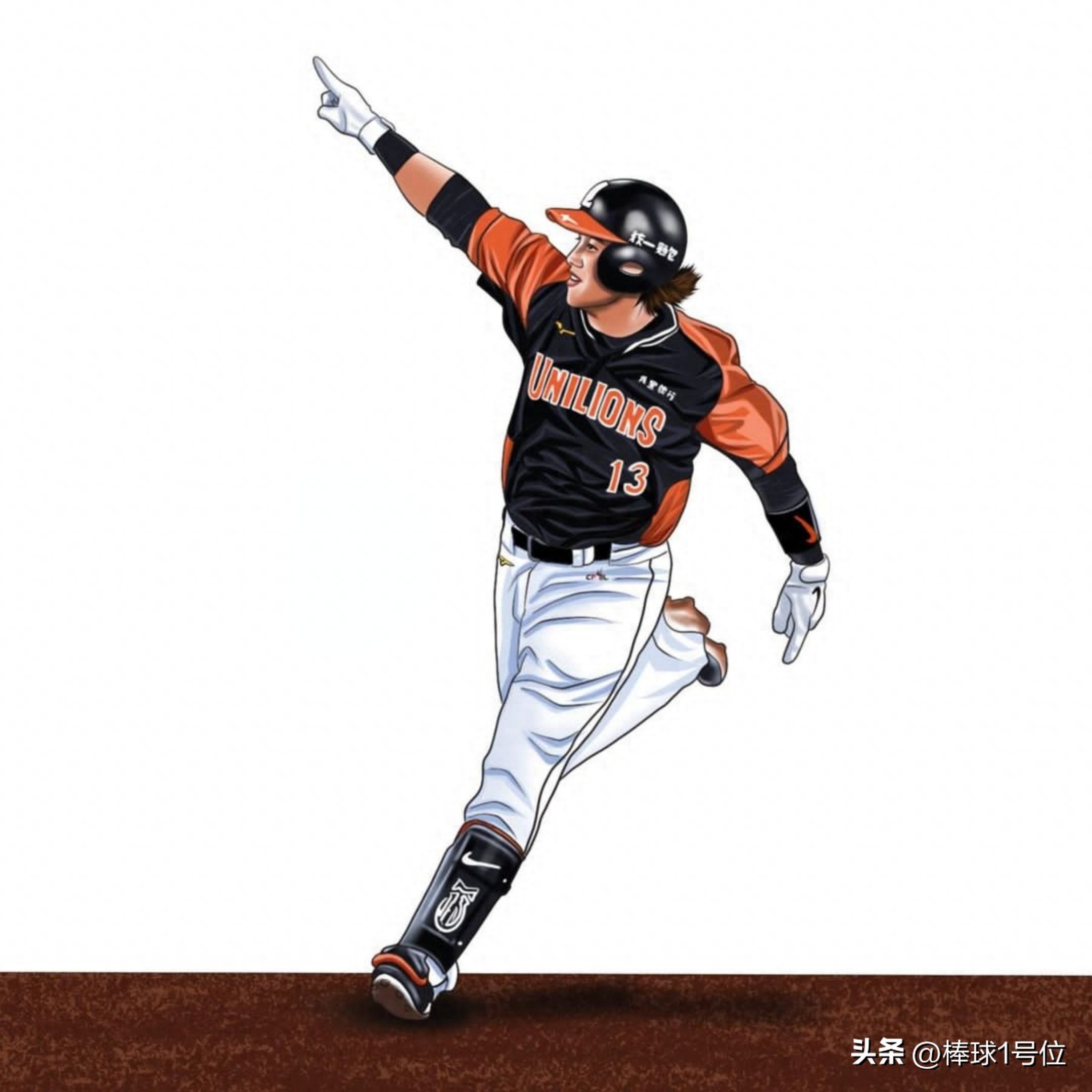Longevity Sports Ranking: No. 1 Baseball
About the ranking of longevity sports, tips for longevity in sports:

1. Globally recognized ranking of the "Longevity Movement".
Swimming (low-impact, cardio-intensive)
Brisk walking/brisk walking (30 minutes per day reduces the risk of early death by 15%)
Tai Chi (Balance + Stress Reduction, Harvard Study Says It Can Delay Aging)
Badminton/Tennis (Hand-Eye Coordination + Social Interaction)
Cycling (strengthens the lower limbs and reduces the risk of cardiovascular disease)
Yoga (Flexibility + Breathing Regulation)
Golf (walking + strategic exercise, Swedish study shows 5 years longer life)
Baseball/Softball (Teamwork + Intermittent Sports, Good for Long-Term Persistence)

2. Baseball's "Secret to Longevity"
1. Scientific training combination
Intermittent aerobic: Alternating base sprints (anaerobic) with defensive movement (aerobic) to improve cardiorespiratory efficiency.
Core muscle strengthening: swinging the stick activates the strength of the waist and abdomen, and prevents low back pain in middle-aged and elderly people (Japanese studies have shown that it can reduce the risk of lumbar spondylosis by 30%).
Balance training: Actions such as catching the ball on one leg and throwing the ball sideways enhance stability and reduce the risk of falls (a key longevity factor for people over 65 years old).
2. Low-damage design
Joint-friendly: Reduced stop-and-jump maneuvers reduced knee pressure by 40% compared to soccer (U.S. sports medicine data).
Flexible adjustment of strength: Middle-aged and elderly people can switch to soft baseball, shorten the base spacing, and avoid violent collisions.
3. Social and mental activation
Team interaction: The 9-person collaboration model promotes socialization and increases the average life expectancy of those with reduced loneliness by 7.5 years (PLOS Medicine study).
Tactical thinking: Ball matching strategies, base running timing, etc., stimulate the prefrontal lobe of the brain and delay cognitive decline.
4. Examples of longevity players
Tommy Lasorda (former MLB coach): lived to be 93 years old, and continued to coach training in his later years, saying that "the passion for baseball is more effective than supplements."
Japan Kusano Ball League: Many 70+ players play weekly with lightweight bats and flex surfaces for safety.

3. Practical Suggestions (Applicable to Ordinary People)
Frequency: 2 baseball/softball activities per week + 3 brisk walks or swimming.
Protection: Wear a strike helmet and knee pads, especially in rainy days.
Dietary Combination: Supplement protein (repair muscles) and Omega-3 (reduce joint inflammation), refer to the Japanese player's fish + natto diet pattern.
Baseball has become a hidden longevity sport through the triple mechanism of "physical fitness + brain power + social interaction". The secret lies in moderate-intensity interval training, low-joint wear and tear design, and sustained social engagement – all three of the world's five longevity zones share common living characteristics.


Wonderfulshortvideo
AND DON’T EVEN GET ME STARTED ON ONER PLAYING MUNDO FOR THE FIRST TIME IN GAME 5 AT WORLDS 🤯


Paul Skenes Rookie of the Year 😐


Shohei Ohtani just hit one out of Dodger Stadium during batting practice. 😳


THE DODGERS ARE BACK ON TOP AS WORLD SERIES CHAMPIONS 👑


Filth from Roki to end the game!


That's our starting shortstop, Mookie Betts!


Magic's brewin' in LA.








 Links
Links
 Contact
Contact
 App
App


